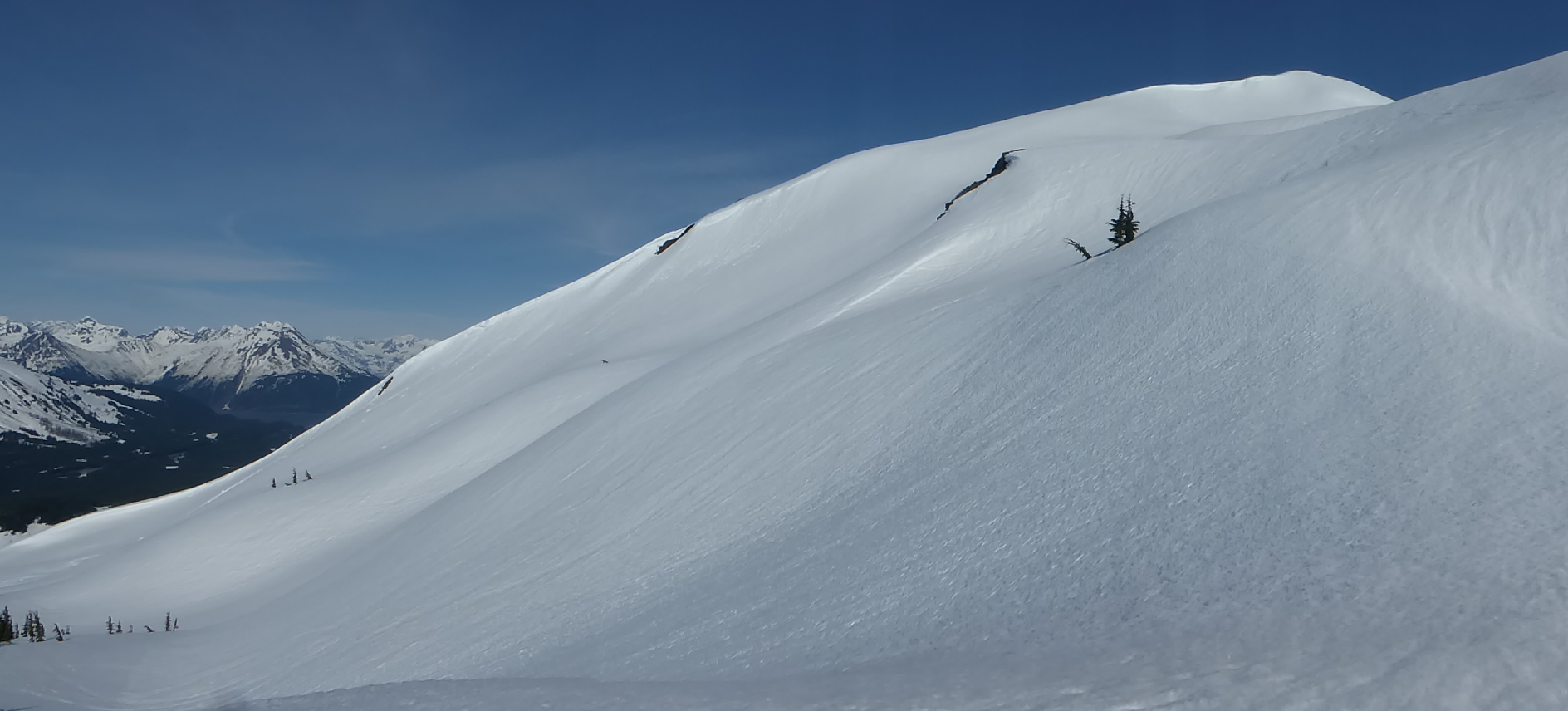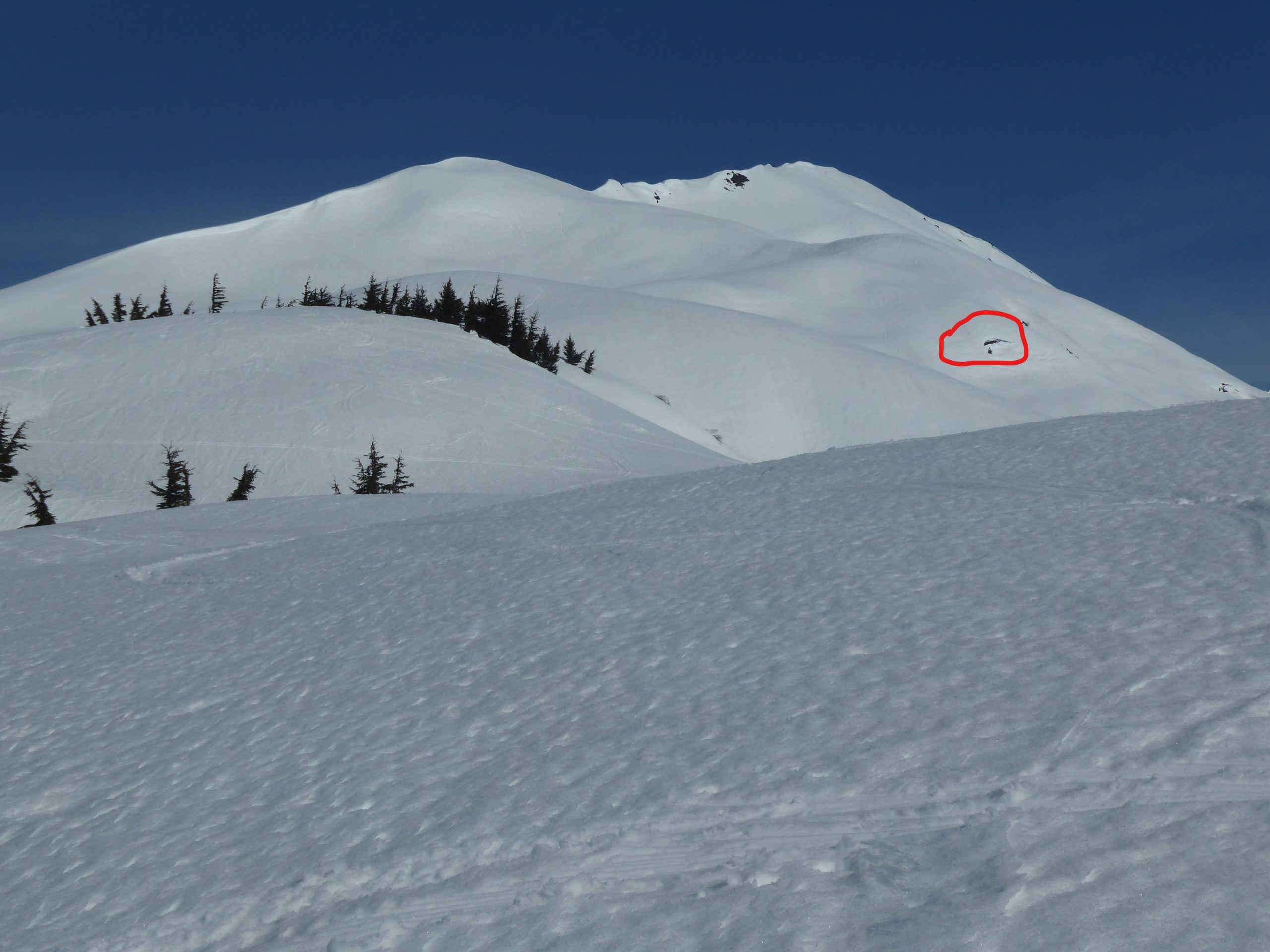Turnagain Pass
|
|
The avalanche danger is MODERATE at all elevations. Triggering a wet loose avalanche is possible on slopes ~35 degrees or steeper that harbor boot-top wet and saturated snow. Pay close attention to the amount of re-freeze that may, or may not, have occurred overnight and how the surface is warming through the day. Avoid being under glide cracks and give cornices a wide berth.
CROW PASS, PORTAGE VALLEY: Be cautious of summer trails that pass under/through avalanche paths, such as the Byron Glacier Trail and Crow Pass Trail. Although natural avalanches are not expected today or Friday, it is best practice to avoid being in any avalanche runout zone in the late afternoon/evening hours when daytime heating can destabilize snow from above.
FRIDAY AVALANCHE OUTLOOK: No avalanche forecast will be issued tomorrow. Expect similar avalanche danger for Friday. If the sun shines tomorrow, watch for sunlit slopes to soften quickly.
CNFAIC End Of Season Operations: Daily avalanche forecasts have ended. Our last forecast will be Saturday morning with our Springtime Tips posted on Sunday afternoon. We are grateful for any observations if you happen to get out and about!

 Tincan’s west face, just above treeline. A lot of snow still remains out there! 4.27.21. Joe Kurtak.
Tincan’s west face, just above treeline. A lot of snow still remains out there! 4.27.21. Joe Kurtak. Pastoral Peak, seen from Sunburst/Taylor Pass, last Friday, 4.23.21 by Troy Tempel.
Pastoral Peak, seen from Sunburst/Taylor Pass, last Friday, 4.23.21 by Troy Tempel. Glide crack on Tincan. Photo taken Tuesday (4.27.21) by Joe Kurtak.
Glide crack on Tincan. Photo taken Tuesday (4.27.21) by Joe Kurtak.